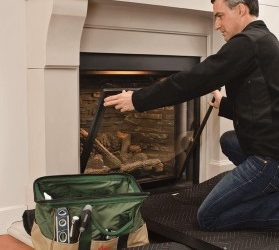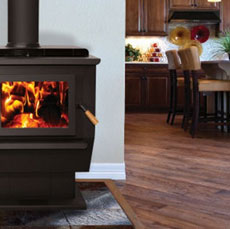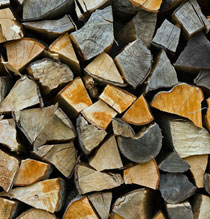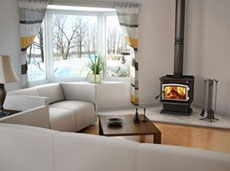As the heating season draws to a close, and before you lay the fireplace to rest, there are some maintenance items you should perform depending on the type of fireplace you have. A full fireplace or stove cleaning ensures you are ready for the next season while...
Gas Stove
Off the Grid or Backup Heating Options for Your Home
BACKUP HEATING OPTIONS FOR YOUR FAMILY THIS WINTER. You don’t have to live totally off the grid to see the benefits of an off the grid or backup heating option in your house. Most homeowners will continue to rely on the same old furnace long after it should be...
Choosing between freestanding stove fuel types
When selecting a stove to heat a room or a larger portion of your home, the type of fuel you burn is one of the major characteristics you’ll be considering. Today, the three most popular types of fuel include wood, gas and pellets. Each type offers benefits as well as...
Should I repair or replace my stove?
It is very common for customers to ask “should I repair or replace my stove” when they visit our Sudbury storefront. The answer – as it usually is- is that it depends on a number of factors. WHAT’S THE LIFESPAN OF A STOVE? The length of time a stove can last varies...




